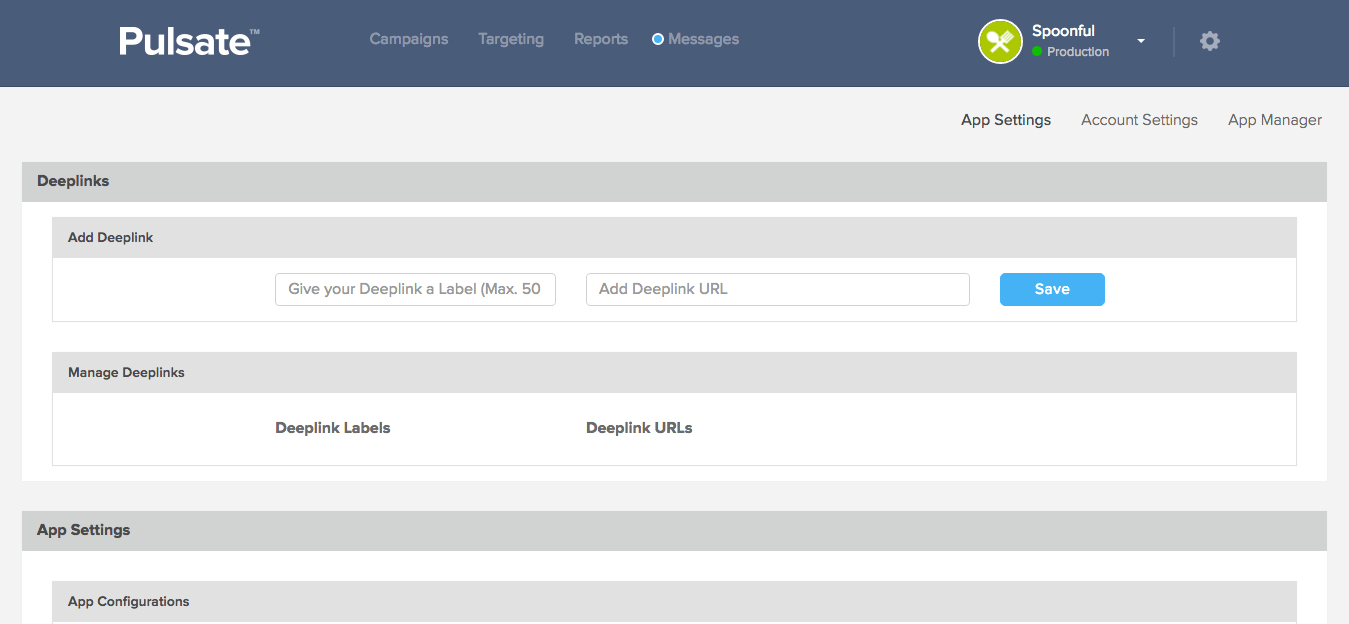Ever wondered what deep hot links are and why they matter? If you're into SEO, content discovery, or just plain curious about how the internet works, this is your golden ticket. Deep hot links aren’t just buzzwords—they’re the secret sauce that makes content more discoverable, engaging, and valuable to users. Whether you’re an SEO expert, a content creator, or simply someone who wants to understand the web better, buckle up because we’re diving deep into the world of deep hot links.
Now, you might be thinking, “What’s so deep about deep hot links?” Well, buckle up, buttercup, because it’s not just about linking stuff. It’s about connecting the right content to the right audience at the right time. Think of deep hot links as the ultimate GPS for online content. They guide users straight to the juicy parts of your website, ensuring they don’t get lost in cyberspace.
But here’s the deal: not all links are created equal. Some are like shortcuts that save you time, while others are dead ends that leave you scratching your head. That’s where deep hot links come in. They’re the VIP passes of the internet, taking users straight to the heart of what they’re looking for. And trust me, when users find what they need quickly, everyone wins.
Read also:The Ultimate Guide To The Best Action Films Ever Made Experience The Thrill
Deep dive into deep hot links is a game-changer in the world of online content. It’s not just about SEO or rankings—it’s about creating meaningful connections between users and the content they care about. So, let’s break it down step by step and uncover the secrets behind these powerful tools.
What Are Deep Hot Links Anyway?
Let’s start with the basics. Deep hot links are links that point directly to specific sections, pages, or resources within a website rather than just the homepage. Think of them as breadcrumbs that guide users straight to the treasure chest. For instance, instead of linking to a general product page, a deep hot link might take you straight to the “Buy Now” button or a specific product review.
Here’s the kicker: deep hot links aren’t just for convenience—they’re strategic. They help improve user experience, boost engagement, and even enhance SEO rankings. By directing users to the most relevant content, you’re increasing the chances of them sticking around longer and converting into loyal visitors or customers.
Why Should You Care About Deep Hot Links?
Because they’re more than just links—they’re opportunities. Imagine this: you’ve written an epic 5,000-word guide on a topic, but most users only skim through the first few paragraphs before bouncing off. With deep hot links, you can highlight the most valuable sections of your content and draw users straight to them. It’s like giving them a sneak peek of the best parts without making them search for it.
- Increased engagement: Users spend more time on your site when they find exactly what they need.
- Better SEO: Search engines love websites that offer seamless navigation and valuable content.
- Higher conversion rates: When users land on the right page, they’re more likely to take action—whether it’s signing up, buying, or sharing.
So, if you’re serious about growing your online presence, deep hot links should be at the top of your list. They’re not just a nice-to-have—they’re a must-have.
How Do Deep Hot Links Work?
Now that we know what deep hot links are, let’s talk about how they work. At their core, deep hot links use anchor tags and URLs to direct users to specific parts of a webpage. For example, if you have a long article with multiple sections, you can create links that jump straight to each section using HTML anchors. Here’s how it looks:
Read also:Nathan Fillionrsquos Daughter A Closer Look At The Actorrsquos Family Life
Imagine you have a section titled “Benefits of Deep Hot Links.” You can create a link like this:
Instead of linking to the general page, you’d link to #benefits-of-deep-hot-links. This takes users directly to that section, saving them time and effort. It’s like giving them a VIP pass to the good stuff.
Creating Effective Deep Hot Links
Creating deep hot links isn’t rocket science, but it does require a bit of planning. Here are some tips to make your deep hot links work like magic:
- Use clear and descriptive anchor text: Instead of “click here,” use something like “Learn more about deep hot links.”
- Organize your content logically: Break your pages into sections with clear headings and subheadings.
- Test your links: Make sure they actually work and take users where they’re supposed to go.
By following these simple steps, you can create deep hot links that enhance user experience and boost your site’s performance.
Why Deep Hot Links Are Essential for SEO
SEO isn’t just about keywords anymore—it’s about creating a seamless user experience. And that’s where deep hot links come in. They help search engines understand the structure of your website and the value of your content. When search engines see that users are engaging with specific sections of your site, they’re more likely to rank those sections higher in search results.
Here’s the science behind it: search engines like Google use clickstream data to determine which parts of your site are most valuable. If users are clicking on deep hot links and spending time on those sections, Google takes notice. It’s like giving search engines a roadmap to your site’s best content.
Long-Tail Keywords and Deep Hot Links
One of the coolest things about deep hot links is how they work with long-tail keywords. Long-tail keywords are specific phrases that users type into search engines when they’re looking for something very particular. By creating deep hot links that target these keywords, you can attract highly relevant traffic to your site.
For example, if someone searches for “how to create effective deep hot links,” you can create a link that takes them straight to a section of your article that answers that question. This not only improves user experience but also boosts your chances of ranking for that keyword.
The Benefits of Using Deep Hot Links
Let’s talk benefits because, let’s be real, who doesn’t love a good benefit? Here are some of the top reasons why deep hot links are worth your time:
- Improved user experience: Users get exactly what they’re looking for without having to dig through your site.
- Higher engagement: When users find what they need quickly, they’re more likely to stick around and explore further.
- Better SEO: Search engines love websites that offer value and are easy to navigate.
- Increased conversions: Whether you’re selling products, services, or ideas, deep hot links can help guide users to take action.
So, whether you’re running a blog, an e-commerce store, or a corporate website, deep hot links can make a big difference in how users interact with your content.
Common Mistakes to Avoid
Like any tool, deep hot links can be misused if you’re not careful. Here are some common mistakes to avoid:
- Overusing links: Too many links can overwhelm users and make your content harder to read.
- Using vague anchor text: Links like “click here” don’t provide any context and can hurt your SEO efforts.
- Broken links: Nothing screams unprofessionalism like a broken link. Always test your links before publishing.
By avoiding these pitfalls, you can ensure that your deep hot links are effective and user-friendly.
Case Studies: Real-World Examples of Deep Hot Links in Action
Talking about deep hot links is one thing, but seeing them in action is another. Let’s look at some real-world examples of how businesses and content creators are using deep hot links to boost engagement and drive results.
Example 1: A travel blog uses deep hot links to guide readers to specific sections of their destination guides. Instead of linking to the general guide, they link directly to sections like “Best Restaurants” or “Top Attractions.” This not only improves user experience but also increases the likelihood of readers booking through their affiliate links.
Example 2: An e-commerce site uses deep hot links to direct users to specific product categories. For instance, instead of linking to the general product page, they link directly to “Men’s Sneakers” or “Women’s Dresses.” This reduces bounce rates and increases the chances of conversion.
Measuring Success: How to Track Your Deep Hot Links
Once you’ve implemented deep hot links, it’s important to track their performance. Use tools like Google Analytics to monitor click-through rates, time on page, and conversion rates. This data will help you understand which links are working and which ones need improvement.
Pro tip: Set up UTM parameters for your deep hot links to track their performance more accurately. This way, you can see exactly how much traffic and conversions each link is generating.
Future Trends in Deep Hot Links
As technology evolves, so do the possibilities for deep hot links. Here are some trends to watch out for:
- AI-powered links: Imagine links that adapt to user behavior and preferences, guiding them to the most relevant content.
- Interactive links: Links that not only take users to specific sections but also provide additional information or options.
- Mobile-first links: With more users accessing the web on mobile devices, deep hot links will need to be optimized for smaller screens.
Staying ahead of these trends will help you maximize the potential of deep hot links and stay competitive in the digital space.
Conclusion: Take the Leap into Deep Hot Links
Deep dive into deep hot links isn’t just a catchy phrase—it’s a strategy that can transform how users interact with your content. By creating links that guide users to the most valuable parts of your site, you’re not only improving their experience but also boosting your SEO and conversion rates.
So, what are you waiting for? Start exploring the world of deep hot links today. And remember, if you found this guide helpful, don’t forget to share it with your network. Together, let’s make the web a more connected and user-friendly place.
Now, go out there and make those deep hot links sizzle!
Table of Contents
- What Are Deep Hot Links Anyway?
- Why Should You Care About Deep Hot Links?
- How Do Deep Hot Links Work?
- Creating Effective Deep Hot Links
- Why Deep Hot Links Are Essential for SEO
- Long-Tail Keywords and Deep Hot Links
- The Benefits of Using Deep Hot Links
- Common Mistakes to Avoid
- Case Studies: Real-World Examples
- Future Trends in Deep Hot Links


